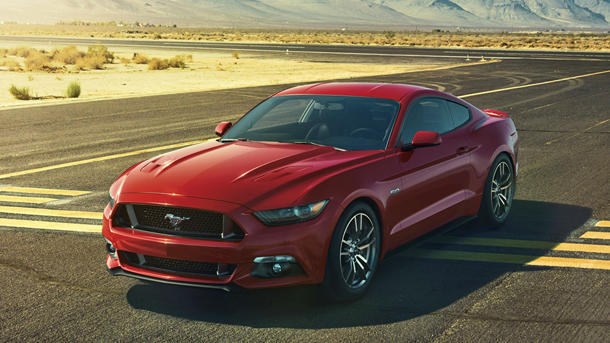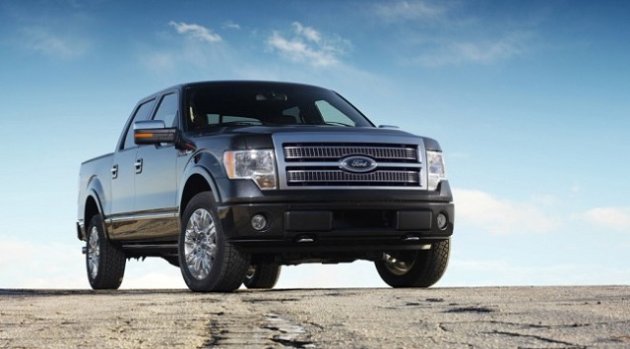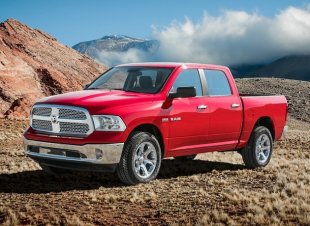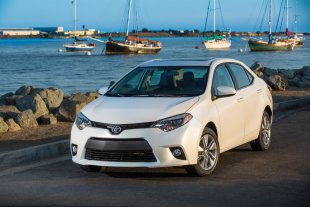The Dodge Charger is an American car that is highly admired for its performance. Once, its popularity came from NASCAR and a TV show. At first, the Charger was know as a muscle car (coupe.) Now it is back as a performance sedan.
The Dodge Charger now isn't the muscle car coupe that everyone remembers from the '60s, but it still gets those groceries and pick up the kids from school much like the past model does (with out four doors.) The current Charger has an accessible interior with loads of standard equipment. It's the modern muscle car that the whole family can enjoy.
Current Dodge Charger
The Charger's platform is the same as the Chrysler 300. Much like the 300, the Charger has four doors and is a stupendous sedan. Unlike the 300, though, the Charger has a mean and aggressive front-end and the rear roof line slopes down in a coupe-like fashion.
The Charger's platform is the same as the Chrysler 300. Much like the 300, the Charger has four doors and is a stupendous sedan. Unlike the 300, though, the Charger has a mean and aggressive front-end and the rear roof line slopes down in a coupe-like fashion.
There are five trim levels of Charger to choose from: SE (V6), SXT (V6), R/T (V8), SRT8 (V8), and SRT8 Superbee (V8.) The SRT8 and the SE only comes with rear-wheel drive options, but the SXT and R/T can come with rear-wheel drive or all-wheel drive (awesome.)
The SE and SXT has a 3.5L 292 horsepower V6 engine that gets great fuel economy. With the Rallye Appearance Group or Blacktop package, it increases horsepower to 300hp (+8 from base.) A 5-speed automatic is standard on the SE; an 8-speed is an option for the SE and standard for all SXTs.
The R/T has a 5.7L 370 horsepower V8 engine with a sport-tuned suspension and lots of luxury, convenience and technology items that are mostly available as options on the V6 trims. The R/T's Super Track Pak gets you additional handling and braking upgrades, including a three-mode adjustable stability control system.
The R/T has a 5.7L 370 horsepower V8 engine with a sport-tuned suspension and lots of luxury, convenience and technology items that are mostly available as options on the V6 trims. The R/T's Super Track Pak gets you additional handling and braking upgrades, including a three-mode adjustable stability control system.
The SRT8 ups the performance ante further by essentially pairing the Super Track Pak items with a 470-hp 6.4-liter V8. It gets an abundance of luxury features standard, but should you be OK with less stuff, the decontented SRT8 Superbee should do the trick. I hope you like yellow or black paint, though, as they are mandatory, along with some not-so-subtle Superbee graphics.
The current Charger scores points not only for the plentiful power output of its big V8 engines, but the ample grunt and decent fuel economy of the entry-level V6 as well. The spacious cabin, improvements in ride quality and interior design also contribute to the overall appeal. There are a couple downsides, notably a lack of rear headroom and lifeless steering, but overall the Dodge Charger is one of the most fun-to-drive large sedans on the market.
Used Dodge Charger Models
The current Dodge Charger was heavily overhauled for 2011. Although it maintained the platform of its predecessor, it is largely a redesigned model. Besides styling changes, interior quality, driving involvement and overall refinement were dramatically improved. Its new V6 engine was also a huge step up from the old six-cylinders. In the current Charger's first year, only the SE and R/T trim levels were available.
The current Dodge Charger was heavily overhauled for 2011. Although it maintained the platform of its predecessor, it is largely a redesigned model. Besides styling changes, interior quality, driving involvement and overall refinement were dramatically improved. Its new V6 engine was also a huge step up from the old six-cylinders. In the current Charger's first year, only the SE and R/T trim levels were available.
Although it's closely related to the current model, the Dodge Charger from 2006-'10 differed in many ways. At its debut, only SE, R/T and SRT8 trims were available. The SE had a 250-hp 3.5-liter V6, while the R/T had a 340-hp version of the current car's 5.7-liter V8. The SRT8 came with a 6.1-liter V8 good for 425 hp. All came with a five-speed automatic transmission. For 2007, a 190-hp 2.7-liter V6 engine became standard on the SE, while the 3.5 became optional.
From 2006-'10 Dodge offered a couple performance packages for the Challenger R/T -- the Daytona and Road/Track packages included sport-tuned suspension and steering. There was a SXT trim level from 2008-'10; it came standard with the 3.5-liter V6. Other notable changes for this period included an improved interior and new features in 2008 and an increase to 368 hp for the R/T for '09.
Overall, we were impressed by this revived Charger's spacious cabin, comfy ride, affordable price and available all-wheel drive. Of course, the big V8 was a nice bonus as well. However, the V6 engines were always disappointing, especially the 190-hp 2.7-liter, which was both underpowered and inefficient. As such, we would avoid it. The cabin also had a low-buck feel (even after the interior was improved for '08), with subpar materials and forgettable design. Rear seat entry was also hampered by the sloping roof line. But overall, this Charger will be a solid choice for a large sedan.
From a historical standpoint, the Dodge Charger originally debuted as a1966 model. This Coronet-based coupe had a unique look, with a sweeping fastback and concealed headlights. But it's the second generation of the Charger that was most popular. This was the one that served as the basis for the winged and race-wining Charger Daytona of 1969 and, later, the bright orange "General Lee" from the 1980s television show The Dukes of Hazzard.
Less popular were three successive generations of Chargers. Third- and fourth-generation models from the 1970s were emasculated by new emissions regulations. A fifth generation, made available from 1982-'87, was a variation of the front-drive Dodge Omni 024 economy hatchback. Near the end of its production, there were sporty, turbocharged versions modified by Carroll Shelby that culminated in the Shelby Charger GLH-S.























